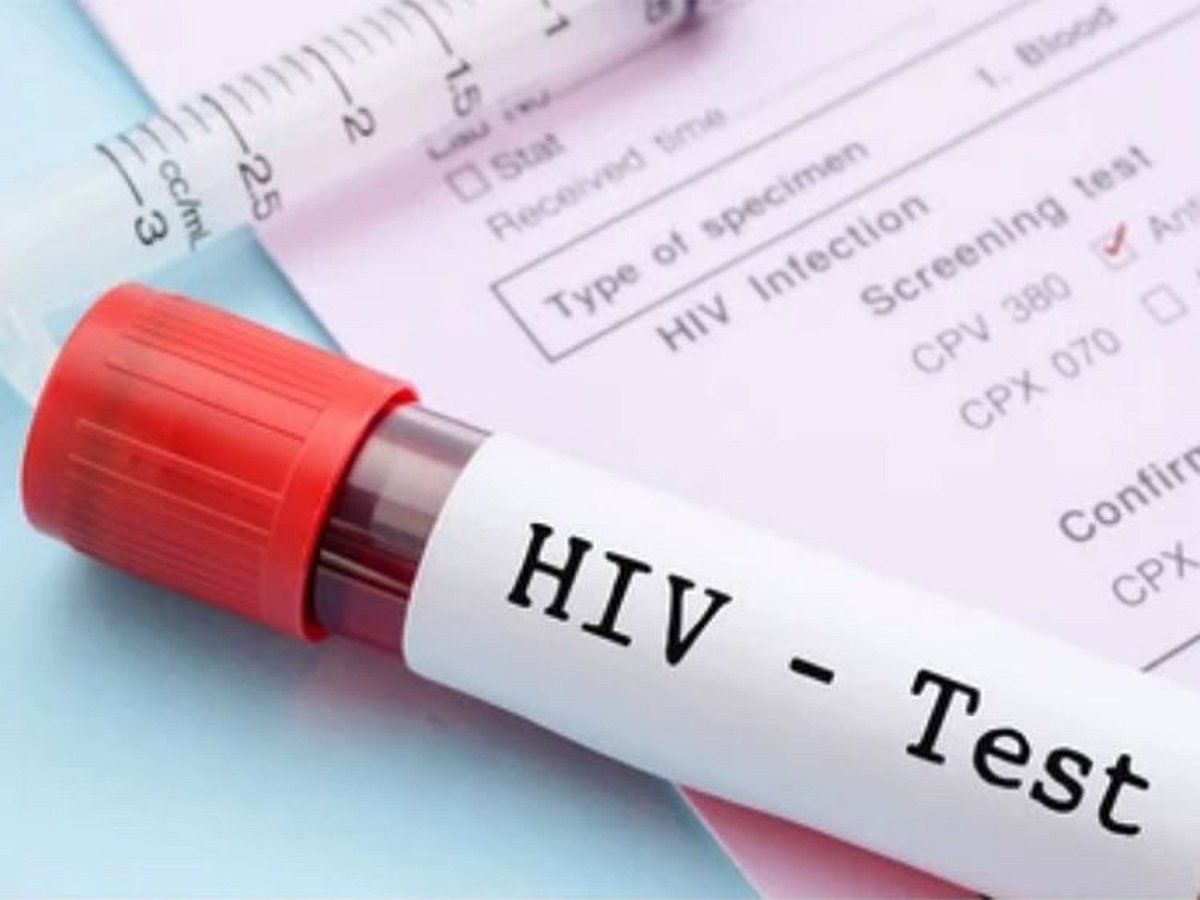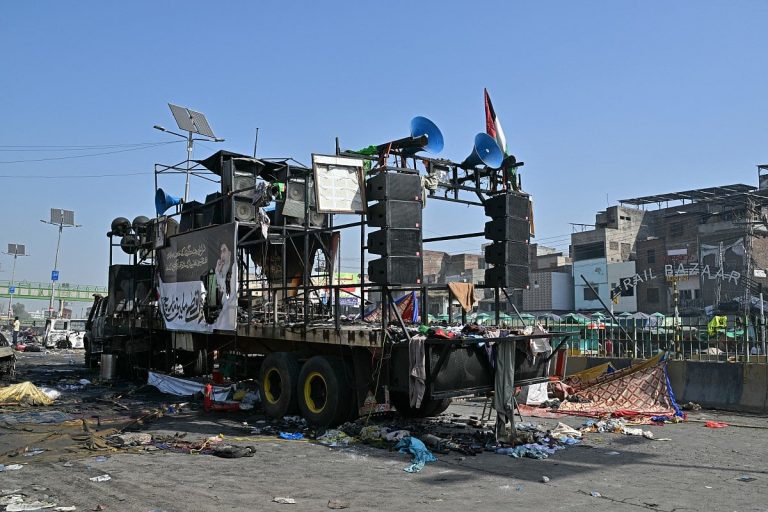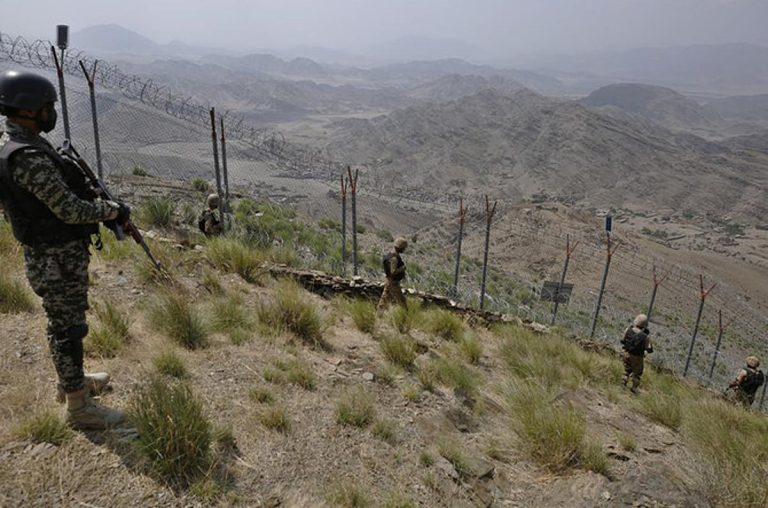Pakistan Faces Alarming Rise in HIV Cases, Urgent Action Nee
Pakistan is currently experiencing an alarming increase in HIV cases, with over 10,000 new infections reported in just the first nine months of 2025. Health officials are sounding the alarm, predicting that the total number of cases could surpass 14,000 by the end of the year, marking a significant rise compared to the previous year’s figures.
Rising Numbers and Contributing Factors
The surge in HIV detections is largely attributed to incidental screenings that occur during medical procedures, emergency treatments, and visa applications. A federal health ministry official noted that many individuals only discover their HIV status when required to undergo mandatory tests for travel or surgery. Unfortunately, Pakistan lacks comprehensive legislation mandating HIV screening for high-risk groups, including deported migrants and sex workers. This gap leaves thousands undiagnosed and at risk of unknowingly transmitting the virus.
According to modeling by UNAIDS, WHO, and UNICEF, the number of people contracting HIV in Pakistan could reach as high as 40,000 by the end of 2025. A significant concern is that many of these individuals may remain undiagnosed due to inadequate screening and surveillance systems.
Outbreaks and Vulnerable Populations
Recent outbreaks in cities such as Mirpurkhas and Taunsa illustrate the virus’s spread beyond traditional high-risk groups. In these areas, children have contracted HIV through the reuse of syringes and poor infection control practices. This troubling trend indicates that families, including mothers and infants, are increasingly affected.
The steepest rise in cases is observed among men who have sex with men, often linked to drug-assisted sexual activities involving methamphetamine. This behavior not only increases the risk of transmission among this group but also affects transgender individuals and female sex workers, many of whom are unaware of their HIV status.
Deported Pakistani workers returning from abroad represent another growing source of infections. Some NGOs have raised concerns about human rights issues surrounding deportee screenings, which has led to critical gaps in public health monitoring.
Current Treatment Landscape
Currently, it is estimated that around 369,000 people in Pakistan are living with HIV. However, only about 78,000 are registered with treatment centers, and approximately 55,000 are receiving antiretroviral therapy (ART). Alarmingly, many individuals who are aware of their HIV status either fail to initiate therapy or drop out of treatment, which poses a significant risk of further transmission.
Call for Action
Public health experts are advocating for urgent reforms within the healthcare system to make HIV screening mandatory for high-risk populations and deported migrants. They emphasize that Pakistan’s response to HIV remains largely reactive, relying on incidental detections rather than proactive screening measures. Key recommendations include:
– Implementing mandatory HIV testing for high-risk groups and deported migrants. – Enforcing strict infection control practices in healthcare settings. – Establishing a well-funded, technically led national HIV program. – Expanding awareness campaigns to reduce stigma and promote voluntary testing.
FAQs
What is causing the rise in HIV cases in Pakistan?
The rise is attributed to incidental screenings during medical procedures and a lack of mandatory testing for high-risk groups, leading to many undiagnosed cases.
How many people are currently living with HIV in Pakistan?
Approximately 369,000 people are estimated to be living with HIV in Pakistan, with only a fraction receiving treatment.
What steps are being proposed to address the HIV crisis?
Experts are calling for mandatory testing for high-risk populations, improved infection control in healthcare settings, and enhanced public awareness campaigns.
Conclusion
The surge in HIV cases in Pakistan highlights a critical public health challenge that requires immediate attention. By implementing mandatory screening, improving treatment access, and raising awareness, the country can take significant steps toward controlling this growing epidemic. Urgent action is needed to protect vulnerable populations and prevent further transmission of the virus.
The increasing prevalence of HIV in Pakistan underscores the need for a multifaceted approach to public health. The lack of comprehensive data on the virus’s spread complicates efforts to address the epidemic effectively. Enhanced surveillance and research into the social determinants of health could provide valuable insights into the populations most affected and the barriers they face in accessing care.
Moreover, the stigma surrounding HIV remains a significant obstacle to testing and treatment. Many individuals fear discrimination or social ostracism, which can deter them from seeking help. Addressing these societal attitudes through education and community engagement is essential for fostering an environment where individuals feel safe to come forward for testing and treatment.
As Pakistan grapples with this public health crisis, collaboration between government agencies, non-governmental organizations, and international health bodies will be crucial in mobilizing resources and implementing effective strategies to combat the rising tide of HIV infections.
Also Read:
UAE Launches Emergency and Crisis Atlas at Gitex Global 2025
Visa-Free Travel Destinations for Pakistani Passport Holders







